Genossin Sonne
16 May - 01 Sep 2024
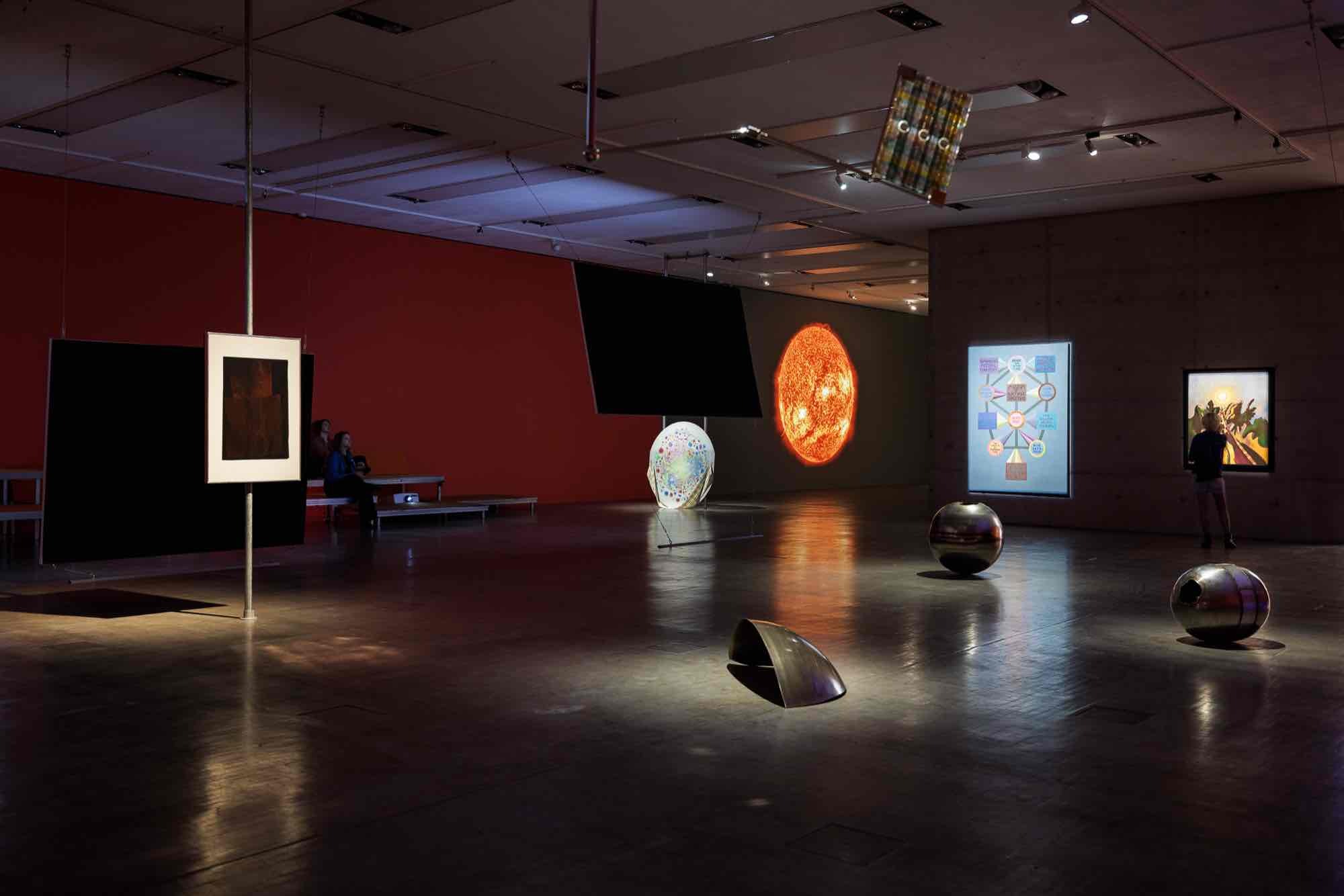
Installation view: Genossin Sonne, Kunsthalle Wien 2024, photo: www.kunst-dokumentation.com
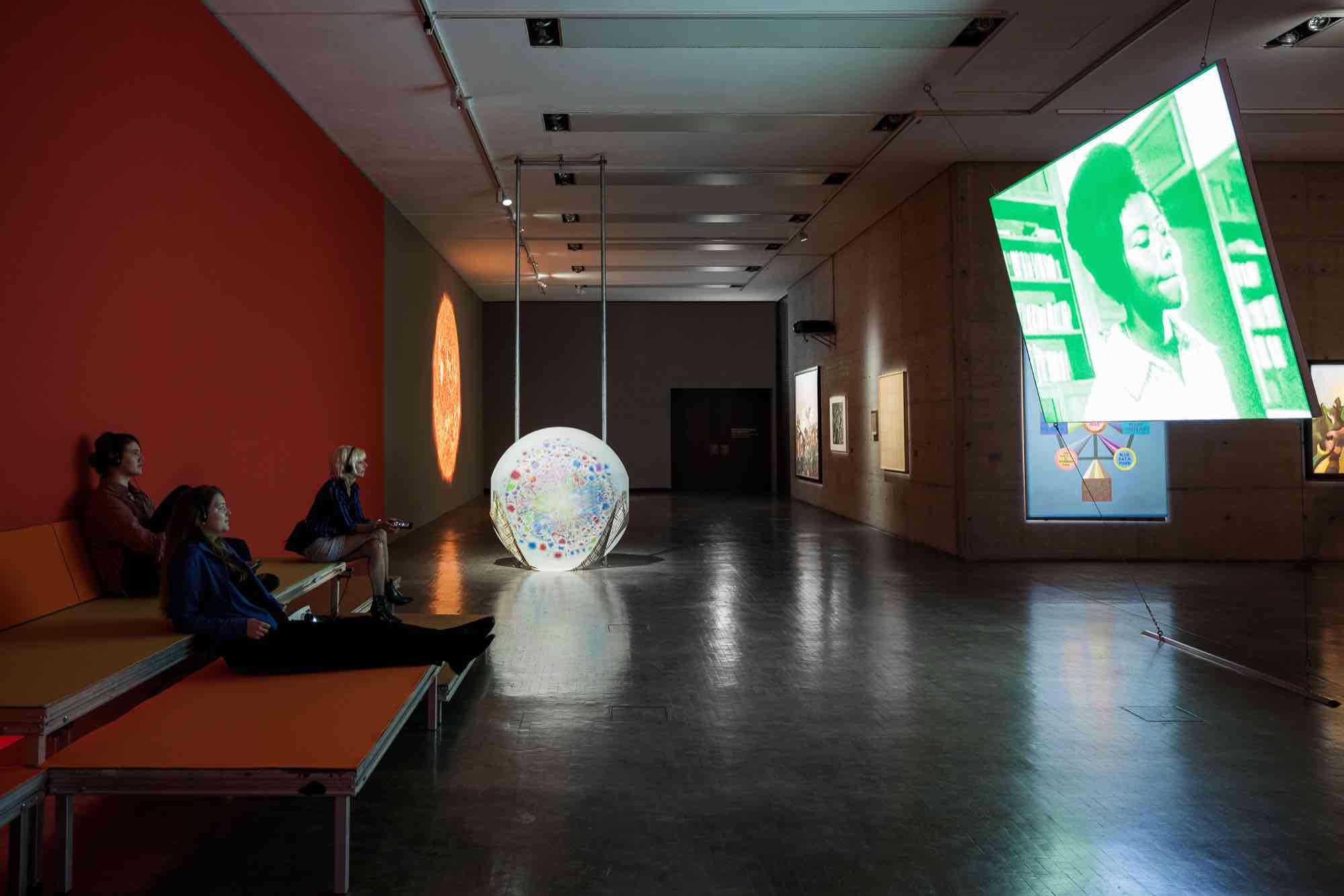
Installation view: Genossin Sonne, Kunsthalle Wien 2024, photo: www.kunst-dokumentation.com
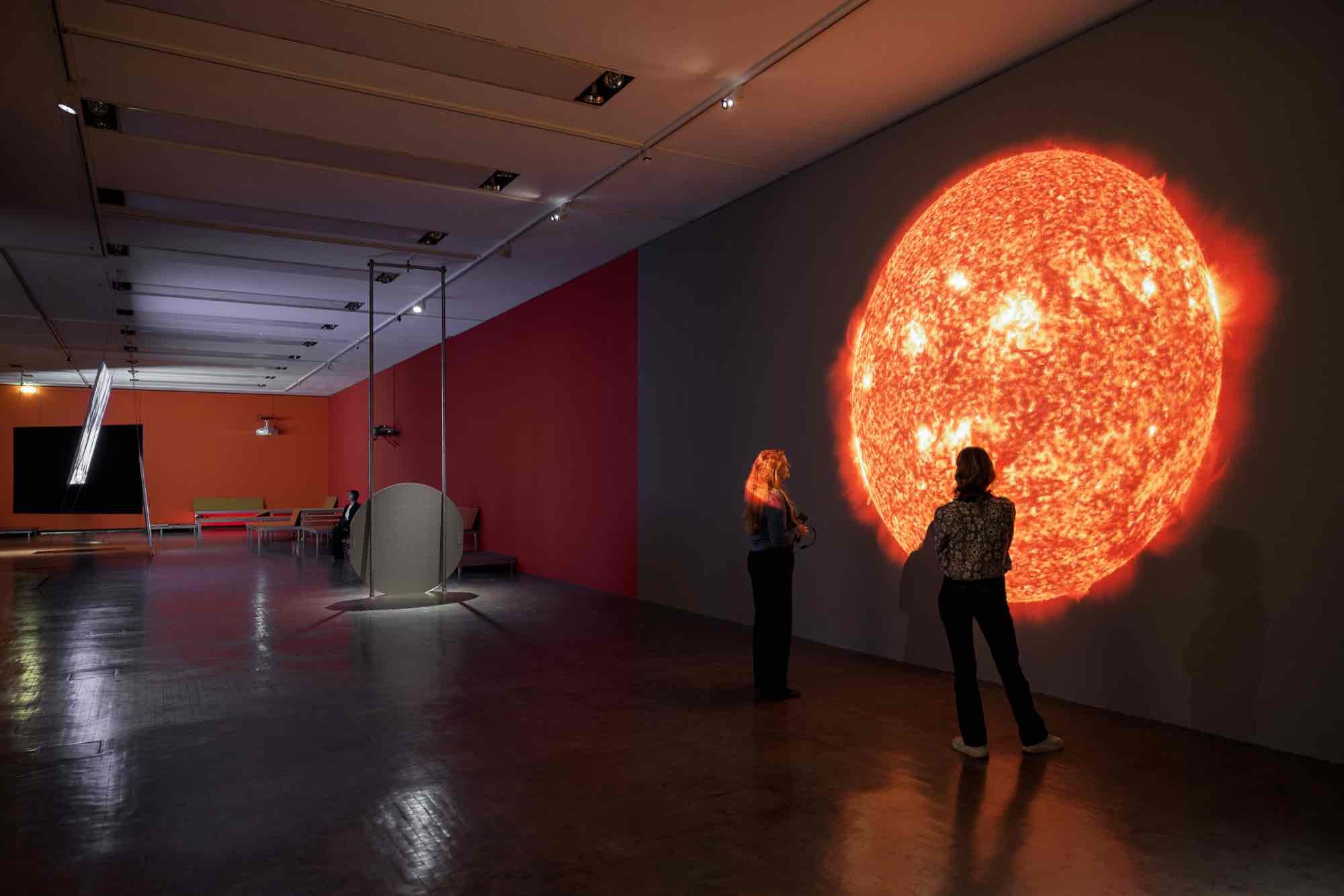
Installation view: Genossin Sonne, Kunsthalle Wien 2024, photo: www.kunst-dokumentation.com
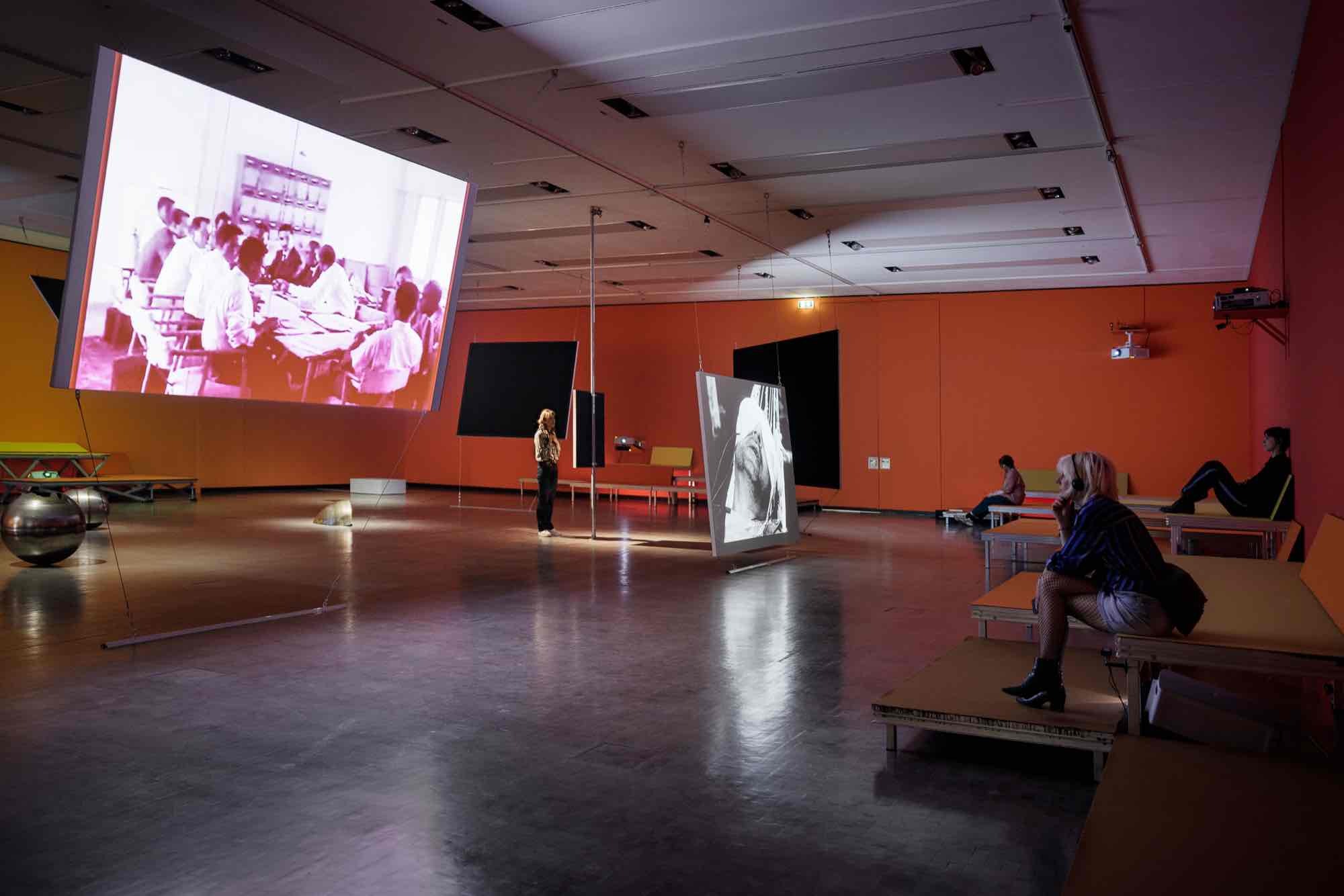
Installation view: Genossin Sonne, Kunsthalle Wien 2024, photo: www.kunst-dokumentation.com
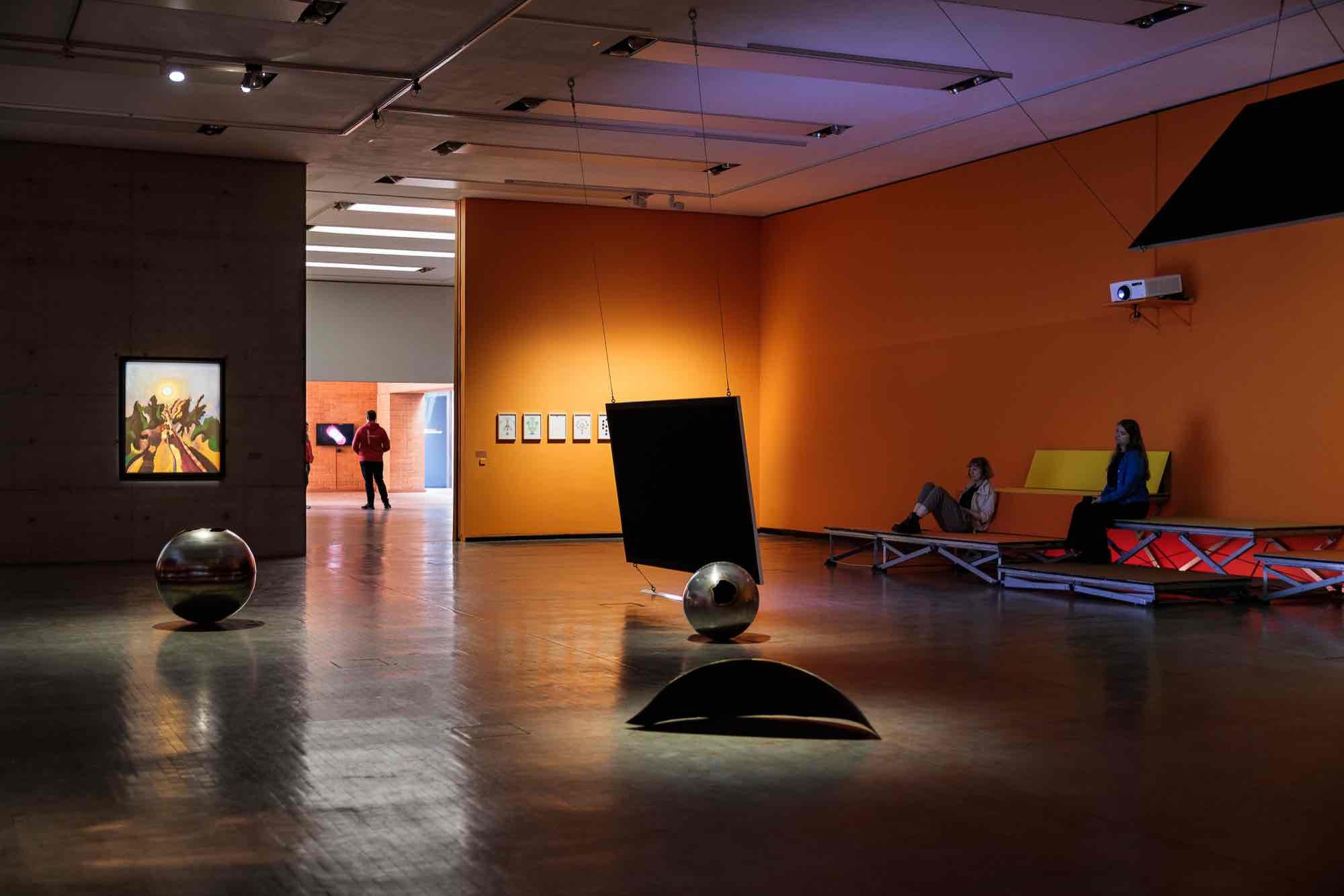
Installation view: Genossin Sonne, Kunsthalle Wien 2024, photo: www.kunst-dokumentation.com
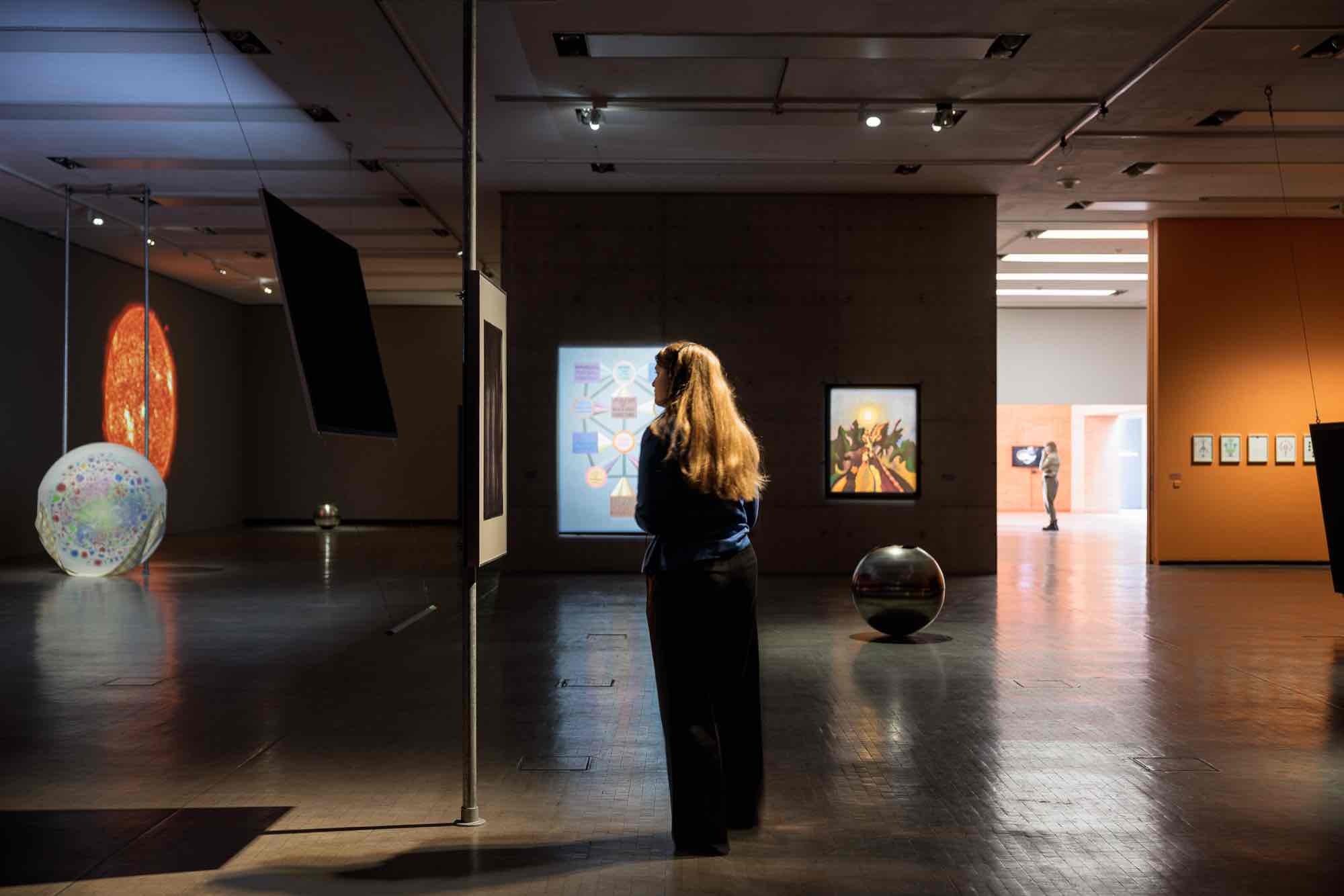
Installation view: Genossin Sonne, Kunsthalle Wien 2024, photo: www.kunst-dokumentation.com

Installation view: Genossin Sonne, Kunsthalle Wien 2024, photo: www.kunst-dokumentation.com
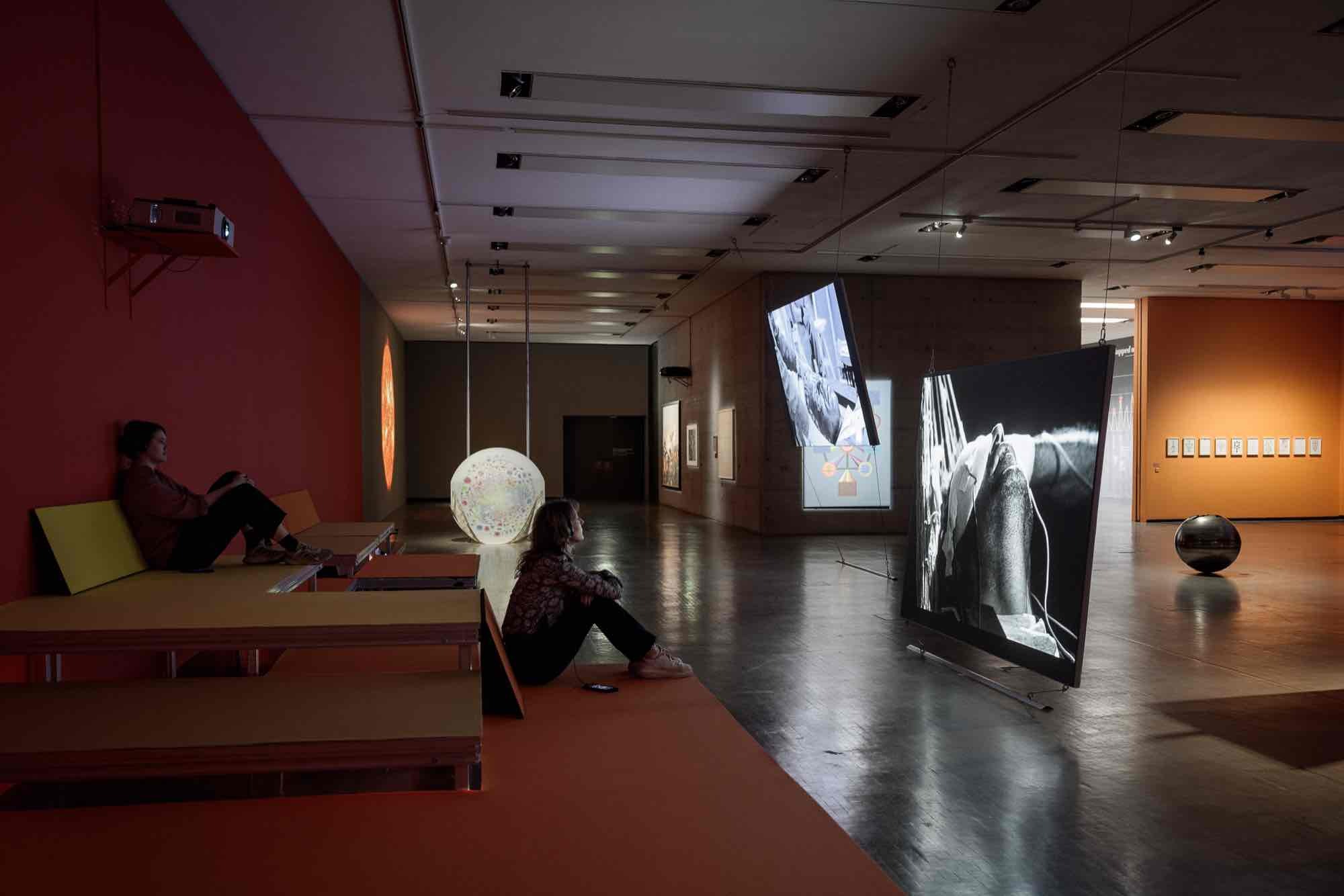
Installation view: Genossin Sonne, Kunsthalle Wien 2024, photo: www.kunst-dokumentation.com
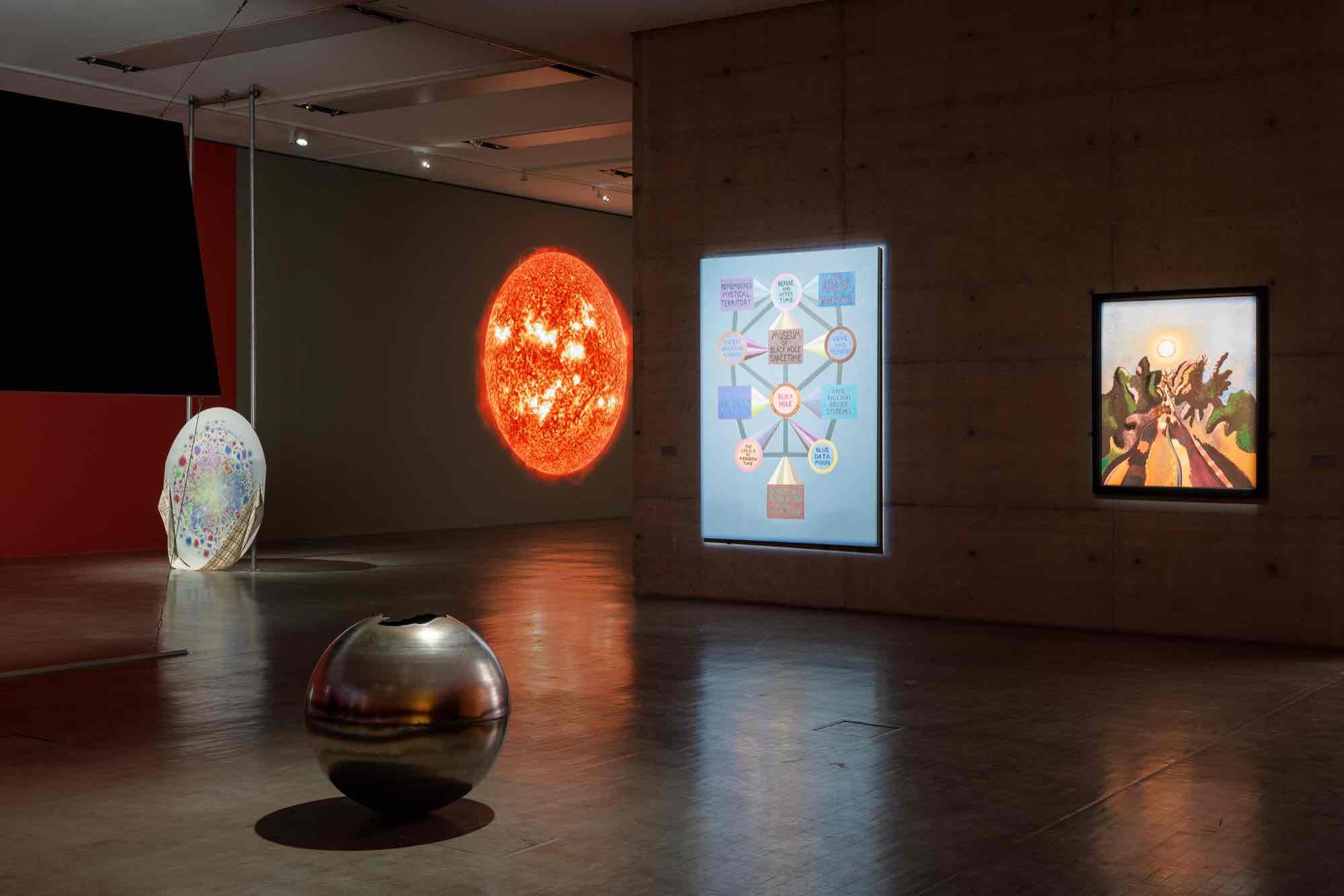
Installation view: Genossin Sonne, Kunsthalle Wien 2024, photo: www.kunst-dokumentation.com

Installation view: Genossin Sonne, Kunsthalle Wien 2024, photo: www.kunst-dokumentation.com
Curators: Dr. Inke Arns (Director of HMKV Hartware MedienKunstVerein) and Andrea Popelka (Kunsthalle Wien)
The essayistic group exhibition Genossin Sonne [Comrade Sun] brings together artistic and theoretical work in which cosmic connections and reconstructions of cosmology are imagined as an element of political struggle, drawing on sources from fiction, theory, poetics, and other writing. Is intensified solar activity (incidence of sunspots and solar winds) related to terrestrial revolution, as the Soviet cosmists claimed? What exciting speculative reflections on this matter might be found in contemporary art and poetry?
The moving image—film and video as media of light—is a particular focus in this exhibition, but hypnotic, febrile, fiery, and menacing affects also emanate from works in other media. The sun acts both as source of life and energy for political struggle and as admonishing figure whose sheer mass and duration lay bare the brevity of human life on planet Earth.
The exhibition title Genossin Sonne is perplexing. How can the sun, the star at the center of our solar system, be a comrade? In what struggle, in what revolutionary upheaval? Can the sun be a revolutionary subject? And what does revolution have to do with the cosmos?
The word “revolution” came to mean “violent overthrow of an existing social-political order” following the Haitian/Caribbean, French and North American revolutions of the late 18th century. Before that time, however, it was used in astronomy with reference to the rotation of celestial bodies. The connotation of social and political actions came later.
Capitalism and industrialization soon took charge of humans’ radical “emancipation” from their environment, replacing a relationship of mutual co-operation with one of extraction. Nature now became an adversary, an other to be exploited for raw materials. Yet in the context of the present climate catastrophe, humanity is beginning to remember that it is a part of its environment. The exhibition Genossin Sonne goes a step further, playfully speculating that the sun itself may be our comrade, our ally.
The Soviet researcher Alexander L. Chizhevsky (U.S.S.R., 1897–1964) had long since seen it this way. Chizhevsky was an interdisciplinary scientist, Cosmist and biophysicist. He was among the founders of heliobiology as a research discipline, and also studied the effects of air ionization. The first refers to influence of the sun on the biosphere; the second to the effect of air ionization on biological entities. He discovered, for example, that geomagnetic storms caused by solar activity can affect the function of electrical systems, potentially causing airplane crashes or locust plagues. He also believed that increasing negative ionization of the Earth‘s atmosphere would stimulate “mass excitability”. According to Chizhevsky, human history is heavily influenced by 11-year cycles of sunspot activity, bringing about rebellion in the forms of revolt, revolution, and civil war.
Chizhevsky built a stellar scientific career in the U.S.S.R. of the 1920s and 1930s. But in 1942 Josef Stalin discovered his research, including a seminal work of 1924 on “physical factors of the historical process”. Chizhevsky was asked to repudiate his work on solar cycles, which contradicted official historical theories of the 1905 and 1917 revolutions. He refused, was arrested, and spent eight years in a Gulag (labor camp) in the Urals. On his release in 1950 he settled in Karaganda (now Kazakhstan), where he was made to undergo a further eight years of state-mandated “rehabilitation”.
The essayistic group exhibition Genossin Sonne [Comrade Sun] brings together artistic and theoretical work in which cosmic connections and reconstructions of cosmology are imagined as an element of political struggle, drawing on sources from fiction, theory, poetics, and other writing. Is intensified solar activity (incidence of sunspots and solar winds) related to terrestrial revolution, as the Soviet cosmists claimed? What exciting speculative reflections on this matter might be found in contemporary art and poetry?
The moving image—film and video as media of light—is a particular focus in this exhibition, but hypnotic, febrile, fiery, and menacing affects also emanate from works in other media. The sun acts both as source of life and energy for political struggle and as admonishing figure whose sheer mass and duration lay bare the brevity of human life on planet Earth.
The exhibition title Genossin Sonne is perplexing. How can the sun, the star at the center of our solar system, be a comrade? In what struggle, in what revolutionary upheaval? Can the sun be a revolutionary subject? And what does revolution have to do with the cosmos?
The word “revolution” came to mean “violent overthrow of an existing social-political order” following the Haitian/Caribbean, French and North American revolutions of the late 18th century. Before that time, however, it was used in astronomy with reference to the rotation of celestial bodies. The connotation of social and political actions came later.
Capitalism and industrialization soon took charge of humans’ radical “emancipation” from their environment, replacing a relationship of mutual co-operation with one of extraction. Nature now became an adversary, an other to be exploited for raw materials. Yet in the context of the present climate catastrophe, humanity is beginning to remember that it is a part of its environment. The exhibition Genossin Sonne goes a step further, playfully speculating that the sun itself may be our comrade, our ally.
The Soviet researcher Alexander L. Chizhevsky (U.S.S.R., 1897–1964) had long since seen it this way. Chizhevsky was an interdisciplinary scientist, Cosmist and biophysicist. He was among the founders of heliobiology as a research discipline, and also studied the effects of air ionization. The first refers to influence of the sun on the biosphere; the second to the effect of air ionization on biological entities. He discovered, for example, that geomagnetic storms caused by solar activity can affect the function of electrical systems, potentially causing airplane crashes or locust plagues. He also believed that increasing negative ionization of the Earth‘s atmosphere would stimulate “mass excitability”. According to Chizhevsky, human history is heavily influenced by 11-year cycles of sunspot activity, bringing about rebellion in the forms of revolt, revolution, and civil war.
Chizhevsky built a stellar scientific career in the U.S.S.R. of the 1920s and 1930s. But in 1942 Josef Stalin discovered his research, including a seminal work of 1924 on “physical factors of the historical process”. Chizhevsky was asked to repudiate his work on solar cycles, which contradicted official historical theories of the 1905 and 1917 revolutions. He refused, was arrested, and spent eight years in a Gulag (labor camp) in the Urals. On his release in 1950 he settled in Karaganda (now Kazakhstan), where he was made to undergo a further eight years of state-mandated “rehabilitation”.
